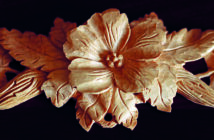Heraldic Beasts:
Steve Bisco explores some mythical beasts in heraldry.
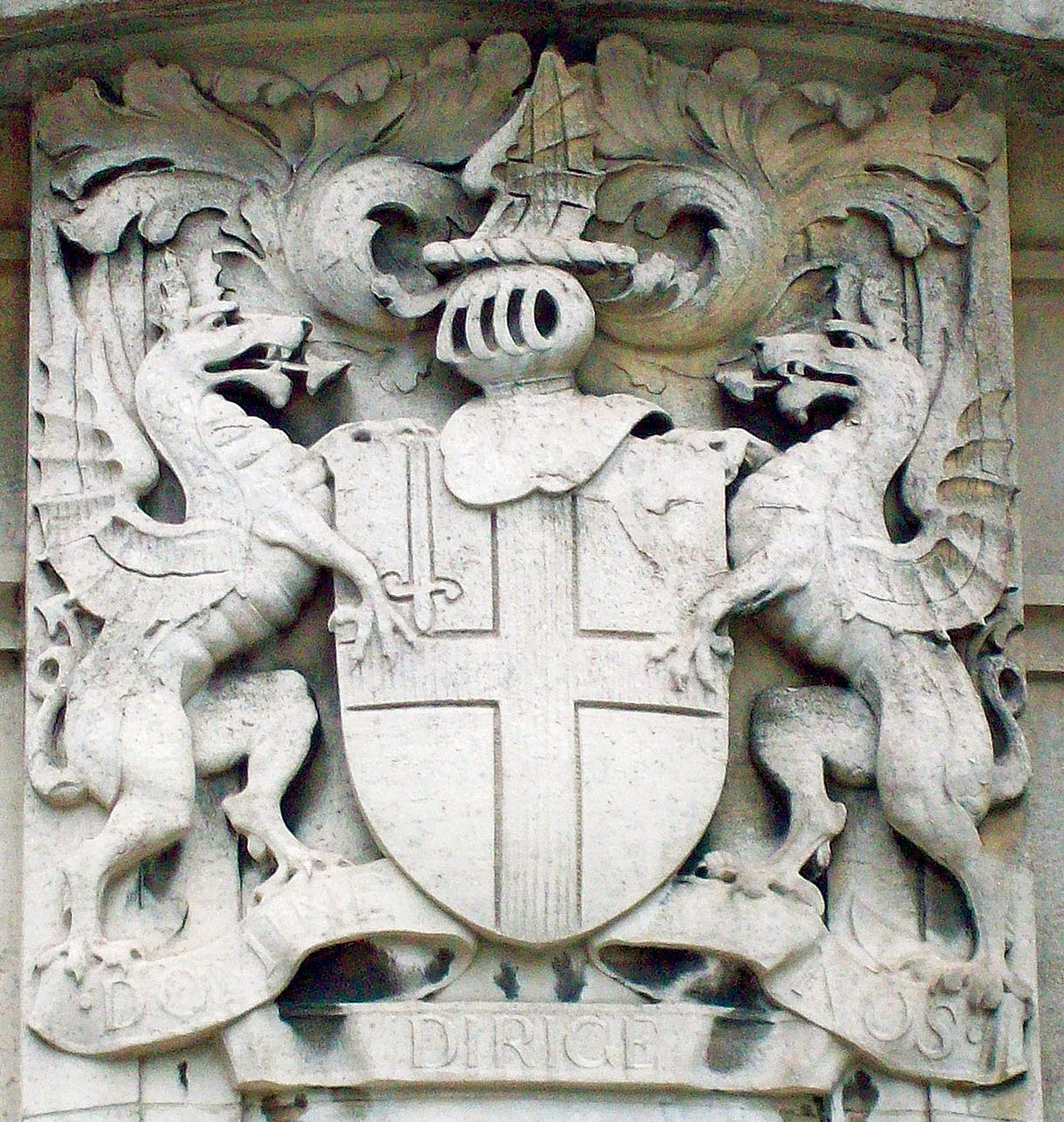
Steve Bisco explores some mythical beasts in heraldry
Heraldic beasts have figured strongly in woodcarving and stonecarving for many centuries. Some are based on real creatures, of which lions are by far the most popular. Others are mythical composite creatures, often made up of the parts of two or more real creatures. The griffon – half eagle, half lion – is very popular, but the dragon is without doubt the king of mythical beasts. With its reptilian scales, spiky bat wings and reputed ability to breathe fire it has been a subject of myth and legend in most civilisations for a very long time. It is said the Roman legions brought their dragon banners to Britannia 2000 years ago, and in the Middle Ages dragons found a special place in heraldry as crests and supporters in coats of arms. They appeared in the arms of the Tudor monarchs and today in the arms of the City of London and many other individuals and corporations. But they are most closely associated with the principality of Wales. They are the ‘national beast’ in the arms of the Welsh nation and the Prince of Wales, and a red dragon is the centrepiece of the Welsh flag.
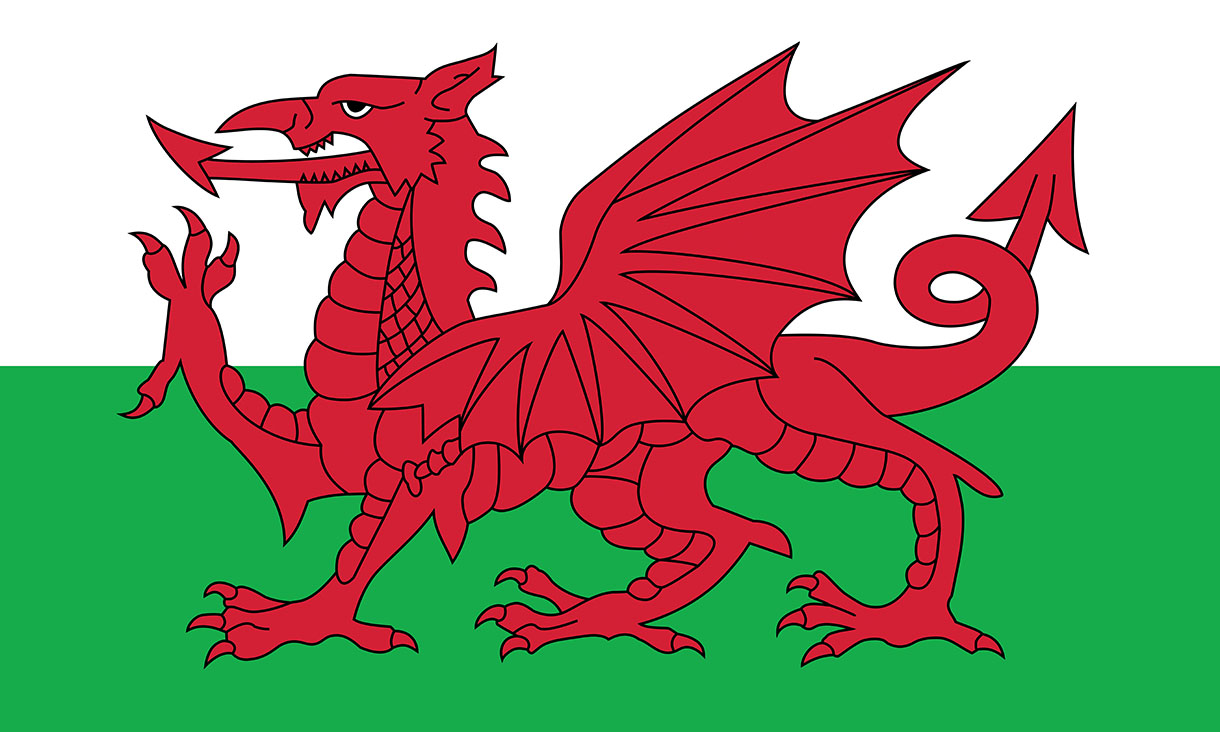
A red dragon is the centrepiece of the Welsh flag
Heraldry started in the 12th century as a means of identifying knights on the battlefield and in tournaments by the emblems displayed on their flags, their shields, their helmets and their surcoats. This was essential as their heads and bodies were covered in armour, making them hard to identify. Heralds appointed by the king controlled the use of these emblems so each coat of arms was unique to one person, and the system became known as ‘heraldry’. As well as the various shapes and colours of the ‘charges’ on the shields, heraldic beasts were also often displayed on the shield, as ‘supporters’ holding the shield, and on the crest on top of the helmet.
The language used by the heralds to describe the arms was the Old French spoken by the Norman knights, and this is still used today by the controlling body, The College of Arms, adding to the romantic charm of heraldry. The following list gives you an insight into the beautiful language of heraldry as it is applied to its animals, birds and mythical beasts.
HERALDRY AND BEASTS
MOST COMMON HERALDIC BEASTS
Lion – based on a natural male lion with emphasis on claws, teeth and mane. The most commonly used animal (and the heraldic beast of England).
Eagle – based on a natural eagle with emphasis on claws and beak, usually with wings ‘displayed’. The
most commonly used bird (and the symbol of the US).
Dragon – a mythical ‘lizard’ with four legs, clawed feet, reptilian scales and bat wings. Reputed to breathe fire. The most commonly used mythical beast (and the heraldic beast of Wales).
Wyvern – a two-legged version of the dragon.
Griffon/Griffin/Gryphon – a mythical beast with the head and wings of an eagle and the body of a lion.
Unicorn – a mythical horse with one long, twisted horn (the heraldic beast of Scotland).
Phoenix – a mythical eagle-like bird shown rising from the flames of its own funeral pyre.
Pelican – a holy symbol, usually shown ‘in its piety’, plucking its own breast to draw blood to feed its young.
Pegasus – a mythical winged horse.
Cockatrice – a mythical beast with the head of a cockerel and the wings and body of a dragon.
Heraldic beasts are depicted in traditional postures that have names derived from Old French:
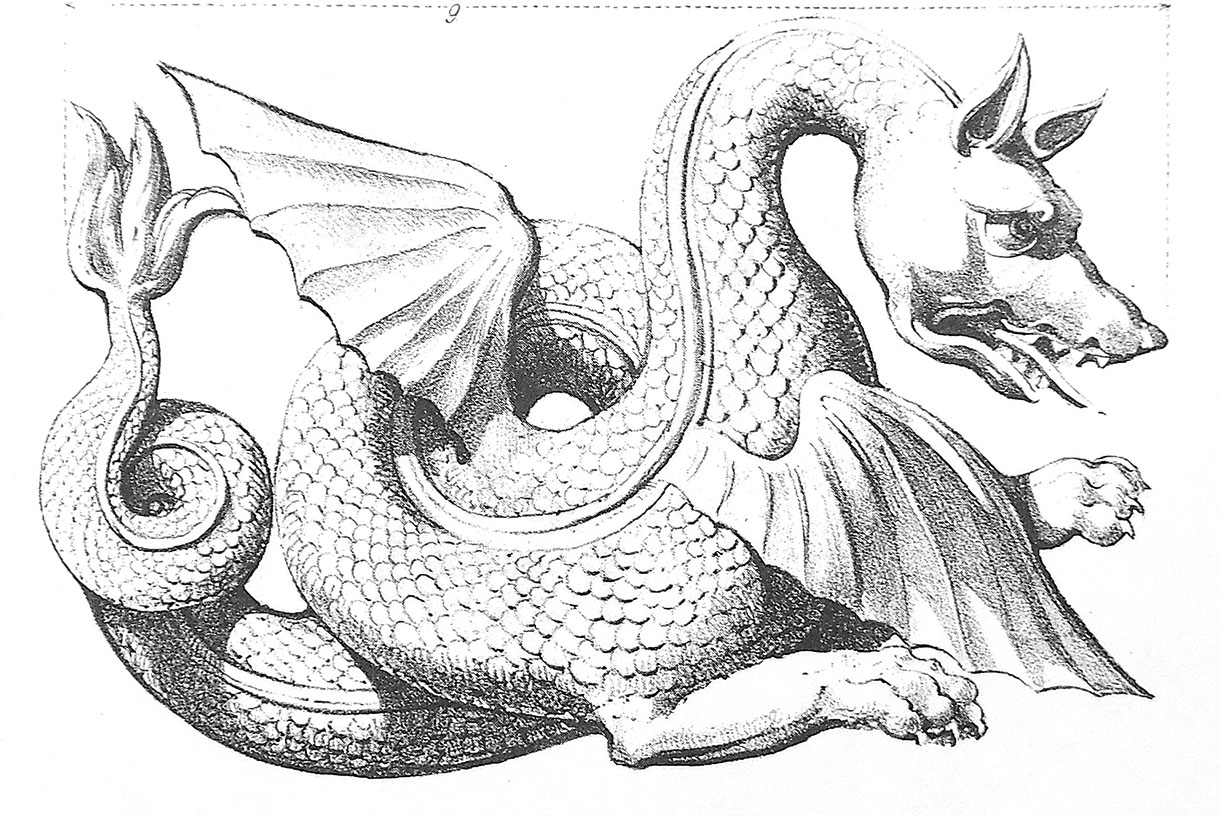
The Wyvern is a two-legged version of the dragon
POSTURE OF BODY:
Affronty – face-on to viewer
Passant – walking past, forefoot raised
Rampant – rearing up with only one back leg on the ground
Sejant – sitting up
Statant – standing with all legs on the ground
Courant – running
Couchant – laying on all fours with head erect
Dormant – in sleeping position
Combatant – two beasts facing each other in confrontation
Addorsed – two beasts back-to-back
(bodies are shown sideways on unless ‘affronty’)
POSTURE OF HEAD:
The head faces the same way as the body unless it is:
Guardant – head facing the viewer
Regardant – looking back over its shoulder
POSTURE OF WINGS (eagles, dragons, etc.)
Displayed – wings fully opened, body facing viewer, head usually sideways on
Close – wings folded
THE TERMS ARE USED IN COMBINATION – FOR EXAMPLE:
A lion passant guardant – a lion walking past with its head facing the viewer (as in the arms of England)
A dragon statant regardant – a dragon standing and looking back over its shoulder (as in the following project)
A lion rampant – a lion rearing up, its head and body sideways on (as in the arms of Scotland)
An eagle displayed – an eagle with its wings spread wide, its body facing the viewer, and its head sideways on (as in the arms of Germany and the Great Seal of the US)
There are also other terms relating to the presentation and colouring of claws, tongues, beaks, and so on, as well as all the names of colours and many other terms relating to specific creatures that can give hours of pleasure to anyone with the inclination to learn the language of heraldry.
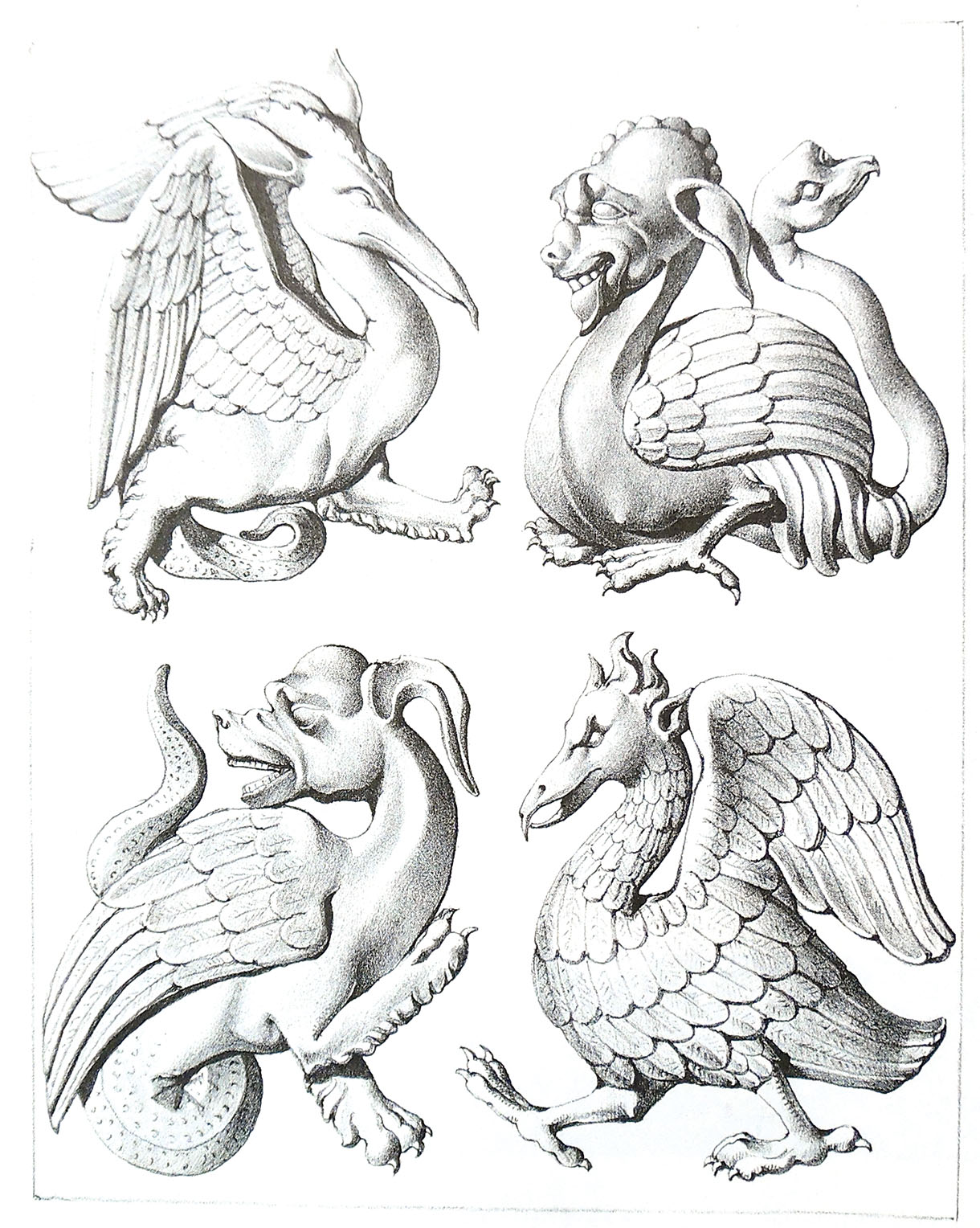
These beasts from Rouen Cathedral show how medieval masons liked to ‘mix and match’ body parts from all sorts of creatures


